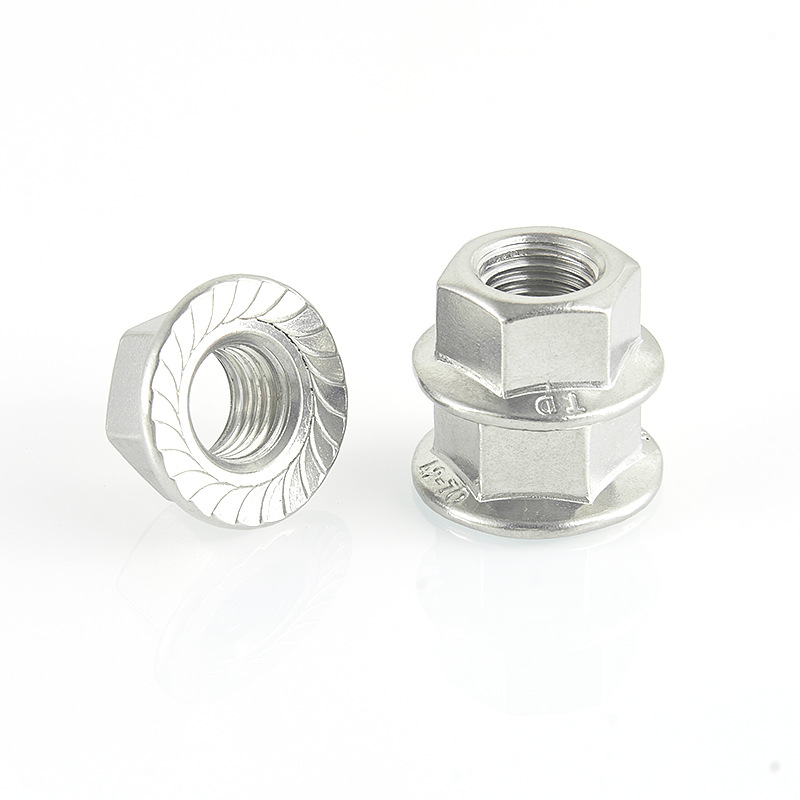

locking stud bolt
11월 . 16, 2024 15:23 Back to list
locking stud bolt
Understanding Locking Stud Bolts Enhancing Safety and Reliability in Mechanical Applications
In the world of mechanical engineering, the integrity and reliability of connections are paramount. One crucial component that ensures the stability and strength of various assemblies is the locking stud bolt. This specialized fastening device has become a key player in applications that demand not only robust fastening but also resistance to loosening caused by vibration, thermal expansion, and other dynamic forces.
What are Locking Stud Bolts?
Locking stud bolts are a type of fastener that combines the functionality of traditional bolts with advanced locking mechanisms. Generally, a stud bolt is a cylindrical rod with threads on both ends, allowing it to be inserted into a nut or tapped hole while the ends can be secured to another object. Locking stud bolts enhance the standard design by integrating features that prevent loosening. These features might include nylon inserts, mechanical lock designs, or specialized surface treatments that increase friction and grip.
Importance of Locking Mechanisms
In various industries, such as automotive, aerospace, and construction, the consequences of a fastener failure can be catastrophic. Vibration, thermal cycling, and changes in load conditions can lead to the gradual loosening of bolts. Locking mechanisms in stud bolts counteract this by providing additional resistance against such forces. For instance, a stud bolt with a nylon insert creates friction that holds the bolt in place, while a mechanical locking design may employ deformations in the bolt that engage with the nut or assembly to prevent movement.
Applications of Locking Stud Bolts
locking stud bolt

Locking stud bolts find applications across diverse sectors. In the automotive industry, they are used in engine components, suspension systems, and chassis assemblies. Their ability to maintain tightness under fluctuating loads is critical for vehicle safety and performance. Similarly, in aerospace applications, where weight is a crucial factor, locking stud bolts provide strong and lightweight fastening solutions that ensure the reliability of aircraft structures under severe conditions.
In construction, locking stud bolts are vital for securing structural elements, machinery, and equipment. The ability to withstand dynamic loads makes them ideal for use in bridges, high-rise buildings, and other structures that experience significant stresses. Additionally, locking stud bolts are useful in industrial machinery, providing dependable fastening solutions in environments where vibration is a constant concern.
Choosing the Right Locking Stud Bolt
When selecting locking stud bolts for a specific application, several factors must be considered. These include the materials of the bolt and the components being fastened, the environmental conditions (like temperature and corrosion), and the load requirements. Understanding the specific demands of the application helps engineers choose the right type of locking mechanism and material, ensuring optimal performance and safety.
Conclusion
Locking stud bolts represent a critical advancement in fastening technology, providing enhanced safety and reliability in various mechanical applications. By preventing loosening and maintaining the integrity of assemblies, they play an essential role in industries where failure is not an option. As technology continues to advance, the design and manufacturing of locking stud bolts will likely evolve, offering even more robust solutions for engineers and manufacturers worldwide. Embracing these innovations not only fosters safer work environments but also contributes to the longevity and performance of critical mechanical systems.
Latest news
-
Best Self Tapping Screws for Drywall - Fast & Secure Installation
NewsJul.31,2025
-
High-Strength Hot Dip Galvanized Bolts-Hebei Longze|Corrosion Resistance&Customization
NewsJul.31,2025
-
Hot Dip Galvanized Bolts-Hebei Longze Metal Products|Corrosion Resistance&High Strength
NewsJul.31,2025
-
Hot Dip Galvanized Bolts-About LongZe|High Strength, Corrosion Resistance
NewsJul.30,2025
-
High-Strength Hot Dip Galvanized Bolts - Hebei Longze | Corrosion Resistance, Customization
NewsJul.30,2025
-
Hot Dip Galvanized Bolts-Hebei Longze|Corrosion Resistance&High Strength
NewsJul.30,2025

